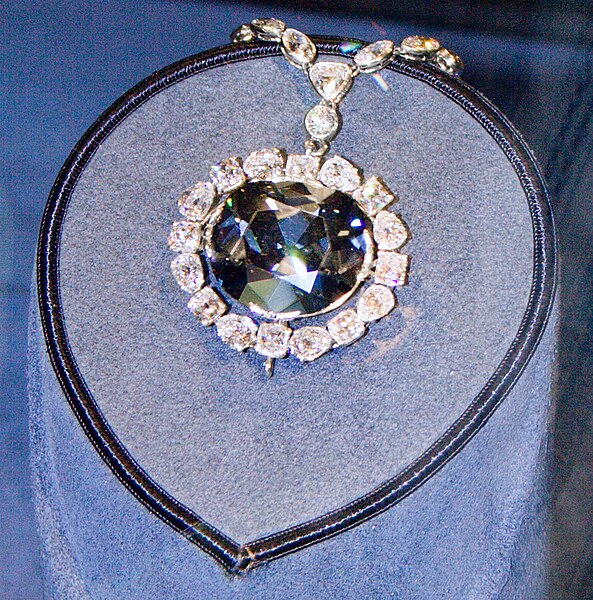The siege of Golconda was a siege of Golconda Fort between the Qutb Shahi dynasty and the Mughal Emperor Aurangzeb, occurring in January 1687, lasting 8 months. The fort was home of the Kollur Mine. The Golconda Fort was considered to be an impregnable fort on the Indian subcontinent. At the end of the siege, Aurangzeb and the Mughals entered Golconda victorious.
Modern ruins of the Golconda Fort, which was rebuilt and fortified by Aurangzeb after its conquest in the year 1687
Aurangzeb during the siege of Golconda, 1687 (Hyderabad, India)
Golconda is a fortified citadel and ruined city located in the western outskirts of Hyderabad, Telangana, India. The fort was originally built by Kakatiya ruler Pratāparudra in the 11th century out of mud walls. It was ceded to the Bahmani Kings from Musunuri Nayakas during the reign of the Bahmani Sultan Mohammed Shah I, during the first Bahmani-Vijayanagar War. Following the death of Sultan Mahmood Shah, the Sultanate disintegrated and Sultan Quli, who had been appointed as the Governor of Hyderabad by the Bahmani Kings, fortified city and made it the capital of the Golconda Sultanate. Because of the vicinity of diamond mines, especially Kollur Mine, Golconda flourished as a trade centre of large diamonds known as Golconda Diamonds. Golconda fort is currently abandoned and in ruins. The complex was put by UNESCO on its "tentative list" to become a World Heritage Site in 2014, with others in the region, under the name Monuments and Forts of the Deccan Sultanate.
Golconda
Ruins of the fort
Golconda fort
Hope Diamond






